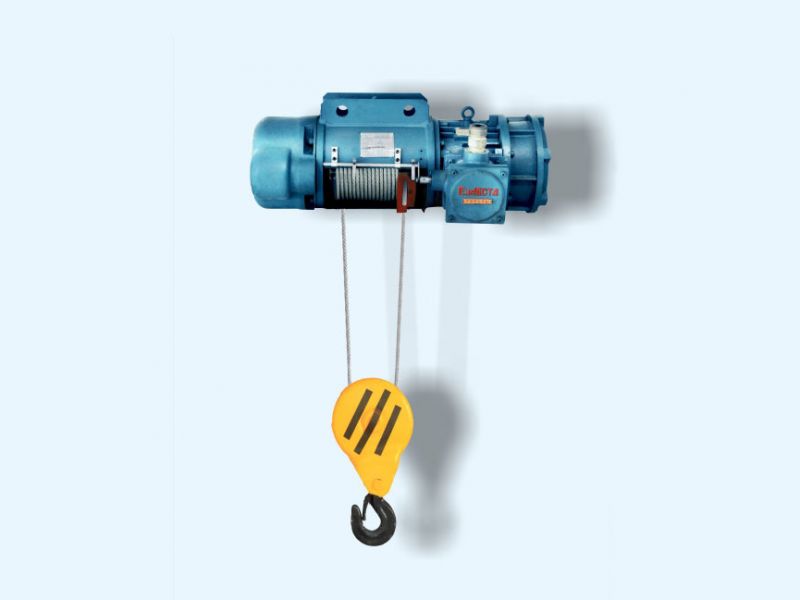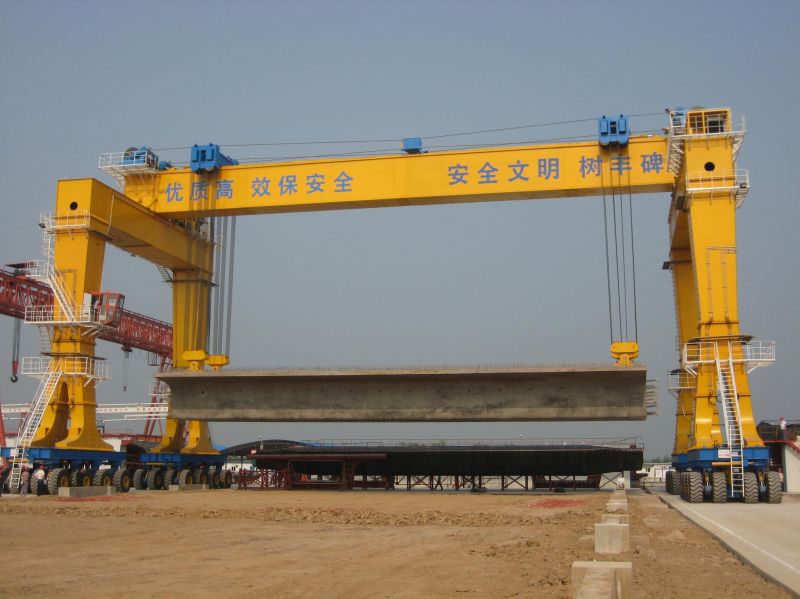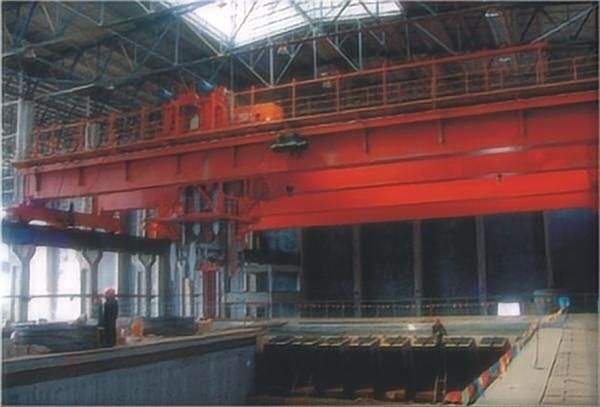The lifting crane is a gantry crane specially designed for bridge construction. The beam lifting machine is mainly composed of assembled main beams, supporting legs, overhead cranes, etc. The components are connected by pin shafts and high-strength bolts, making it easy to disassemble and transport; Compared with ordinary gantry cranes, installation is convenient, fast, economical, and practical. Suitable for road and bridge construction units that frequently move.
The lifting machine is composed of a load-bearing system, supporting structure and walking mechanism, and an electric control system for the lifting trolley. It is a lifting device that lifts prefabricated beams from the storage site to the beam transport flatcar. Its main function is to be responsible for the loading and unloading of prefabricated beams, and to improve the installation efficiency of bridge engineering.
1. Load bearing system: It is composed of the main beam, supporting legs, ground beam, and longitudinal beam connection frame.
2. Supporting structure and walking mechanism: including supporting legs and walking wheel box
3. Lifting trolley: The lifting trolley can complete the lifting and transportation of prefabricated beams, as well as the installation of control beams in place.
4. The electronic control system includes power supply, large vehicle travel, small vehicle travel and lifting parts, as well as limit and alarm protection.






